6 min read
Microsoft Licensing Update: Windows 365 Cloud Apps Now in Preview
Microsoft’s Windows 365 Cloud Apps, now available in public preview, introduces a new way for organizations to deliver only the applications users...
2 min read
Keri LaRue : Jul 14, 2025 9:00:00 AM
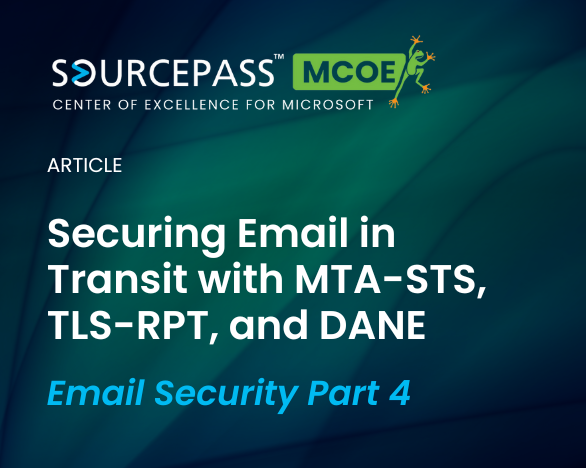
Attackers don’t just target users anymore. They exploit the gaps in the infrastructure that moves email across the internet. Encryption in transit was once optional, but that’s no longer sufficient when compliance, privacy, and reputation are at risk.
In Part 4 of our podcast explores advanced standards like MTA-STS, TLS-RPT, and DANE. These protocols strengthen email delivery, provide visibility into failures, and help ensure end-to-end trust.
Microsoft is now enabling support for modern transport-layer protections such as MTA-STS, TLS-RPT, and DANE. These standards secure the delivery path itself, helping prevent downgrade attacks, man-in-the-middle interception, and integrity failures.
Think of it this way: if SPF, DKIM, and DMARC verify the sender’s identity, these newer standards confirm that the message arrived securely.
Mail Transfer Agent Strict Transport Security (MTA-STS) ensures that outbound email from your organization uses TLS encryption. If encryption fails, the message doesn’t send. This eliminates silent downgrades to plaintext and strengthens compliance and privacy protections.
What IT professionals should know:
Bottom line: this closes the door on attackers intercepting or downgrading your mail mid-flight.
TLS Reporting (TLS-RPT) works alongside MTA-STS to provide visibility when encryption fails during email delivery.
Without TLS-RPT, email delivery issues are a mystery. With it, you finally have the data to fix misconfigurations before they disrupt business.
DANE (DNS-based Authentication of Named Entities) takes encryption further by ensuring only trusted TLS certificates can secure your email. Combined with DNSSEC, it cryptographically signs DNS records so attackers can’t tamper with them.
DNSSEC is step one. You can enable it at your registrar. Cloudflare, Route 53, and GoDaddy all support it.
DANE builds on DNSSEC by binding TLS certificates to your domain so only valid, signed certs are accepted.
Microsoft’s MX shift makes this possible. The move from protection.outlook.com to mx.microsoft enables inbound support.
This means even if someone tries to fake encryption, it won’t pass validation.
Taken together, MTA-STS, TLS-RPT, and DANE don’t just make email more secure. They make it more reliable. They provide:
Part 1 explained why trust is the new battleground. Part 2 laid the foundation with SPF, DKIM, and DMARC. Part 3 introduced Microsoft Defender as the bouncer at the door. Part 4 focused on hardening the infrastructure to ensure no one tampers with your mail in transit.
For Microsoft 365 customers, these capabilities are available now. The sooner you configure them, the sooner your organization builds a reputation for being secure in practice, not just on paper.
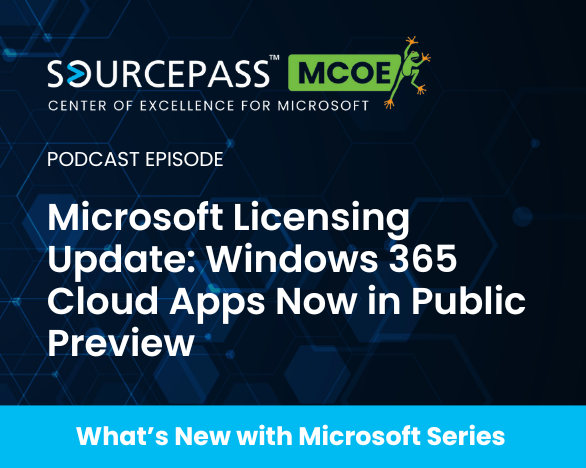
6 min read
Microsoft’s Windows 365 Cloud Apps, now available in public preview, introduces a new way for organizations to deliver only the applications users...

5 min read
Microsoft has introduced a combined security and compliance add-on for Business Premium subscribers, delivering enterprise-grade protection and...
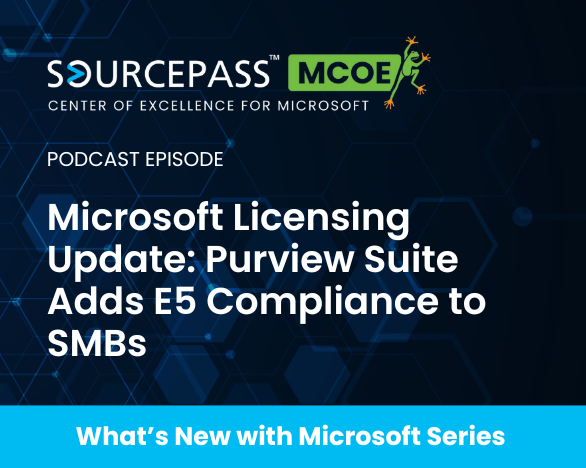
6 min read
Microsoft Purview Suite for Business Premium is a compliance add-on for Microsoft 365 Business Premium that delivers enterprise-grade data...
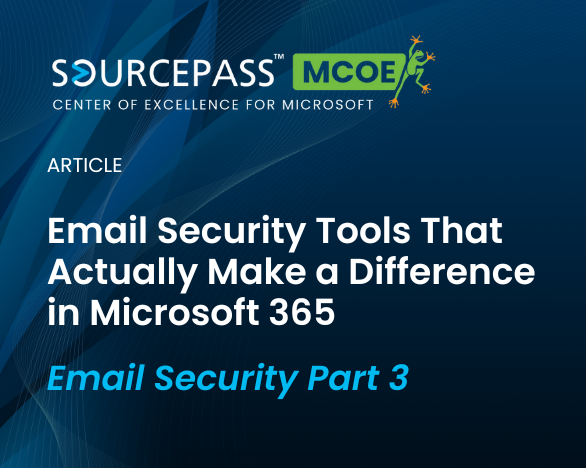
Email remains one of the most common ways attackers gain access to organizations. DNS, SPF, DKIM, and DMARC serve as identity checks that verify...
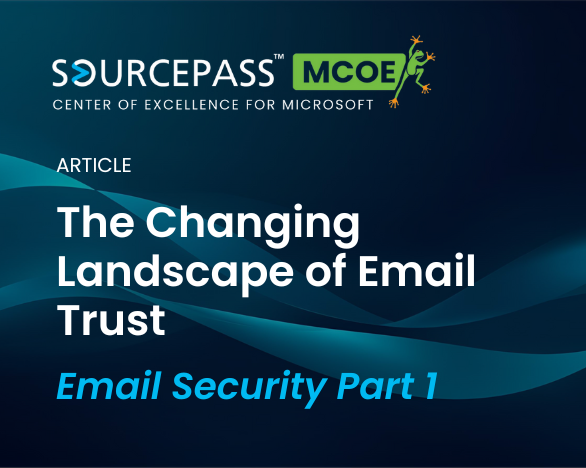
Most IT leaders already know email is the primary attack vector. You see it every day through phishing attempts, spoofed domains, and impersonated...
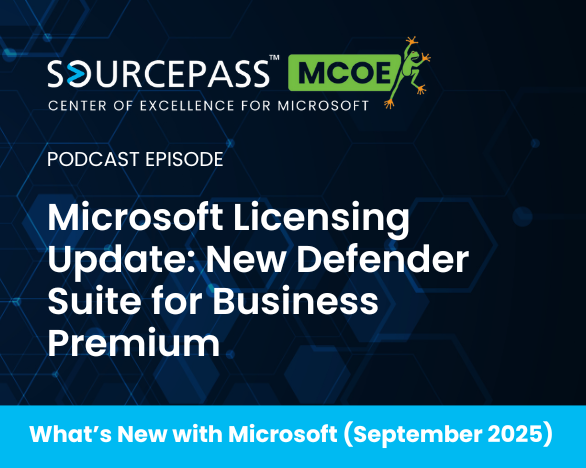
Small and midsize businesses are increasingly targeted by sophisticated cyber threats, yet many advanced security solutions have historically been...